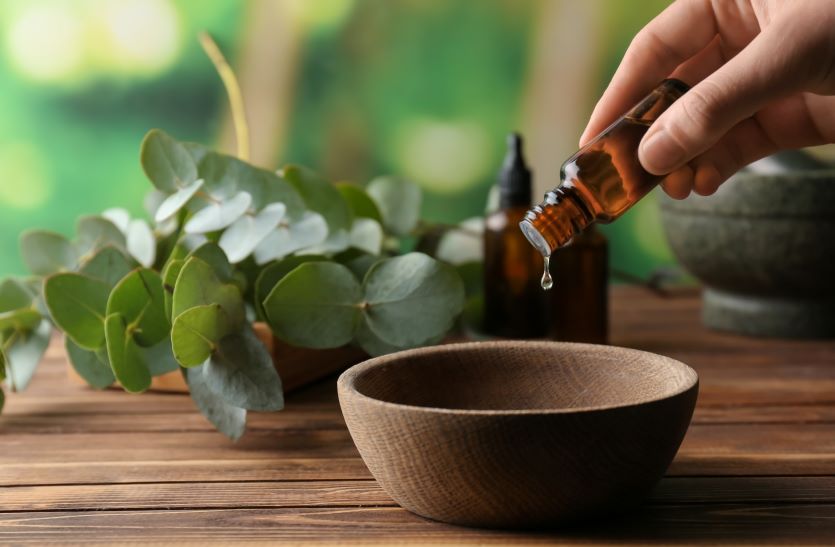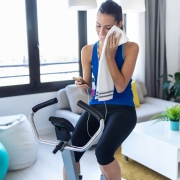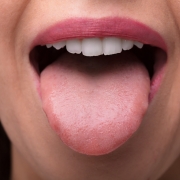10 Tips About How to Safely Use Essential Oils

Some days just stink. Whether you mean that literally or metaphorically, turning to the soothing aromas of essential oils is a good choice. The intense fragrances of popular scents can help sweep away the feelings of frustration gathered throughout your day and replace them with a sense of serenity and calm. But before you started on a peaceful aromatic adventure, learn how to safely use essential oils.
Start harnessing the strength of calming scents by adopting the 10 tips for proper essential oil usage that follow.
- Understanding Essential Oils is Key to Safe and Effective Usage
You may be able to recognize the bottle or smells of an essential oil. But it’s also important to learn what goes into making the potent liquid inside. The easy answer is: a whole lot of whatever plant is picked for its aroma.
The good parts about using so much plant material in the making of essential oils are the strength of scent and the variety and accumulation of important plant compounds. But this super-concentrated liquid has the potential for adverse effects when not used properly. Essential oils are strong substances, and must be used as directed.
- Consider the Reason You’re Using Oils
You should investigate your impetus for turning to these relaxation tools. There are plenty of benefits to using essential oils—feeling relaxed, creating a calming environment, or helping with a sense of well-being.
You need to ask if you aim to create smells around you or target specific areas of the body for sensations of cooling, warming, or soothing.
- Your Reason for Use Leads to the Right Oil and Best Method of Use
Once you understand your needs, you can choose the right method and oil for the results you’re looking for:
- If you’re seeking calm feelings, turn to scents like lavender, geranium, rose, ylang ylang, and vanilla.
- If you want to feel energized, good bets include: citrus, thyme, peppermint, and cinnamon.
- If you aim to change the smell of your environment, you’ll need to use a diffuser, dilute oil in a spray bottle for spritzing, or take a bath with a few drops of essential oils.
- If you want a specific sensation on your body, choose a topical application. But you need to take an extra step, which is conveniently described in the next essential oil tip.
- Use the Proper Carrier Oil for Topical Applications
Using powerful essential oils in their pure form can cause irritation and more. For example, lavender—and other members of the mint family—can dry out skin after direct application. That’s why a carrier oil should be used for comfortable topical use.
A carrier oil is a neutral oil used to dilute the essential oils you use on your skin. And you want your carrier oil to be made of plants. Coconut, olive, and grapeseed are common carrier oils.
It also helps to test your mix of carrier and essential oil on a small patch of skin to see how your body reacts before applying on a large area.
- Maximize Your Diffuser
A diffuser is one of the best ways to fill your immediate environment with the pleasant, relaxing smells of your favorite essential oils. A diffuser works by creating a fragrant mist that fills the room—and your nostrils. Different diffusers accomplish the task in a variety of ways, but the basics are the same across the board.
Proper cleaning and storage help keep your diffuser working properly. Clean after each use (unplug the machine first) and store dry. And, as always, follow the instructions for use that come with your diffuser.
You can use your diffuser to have fun with essential oil blends. You can buy pre-mixed blends or experiment with different recipes. A quick search of Google or Pinterest will supply a wealth of examples of oils blends. But you can also experiment with mixing special scent creations.
- A Few Drops Will Do: Essential Oils and the Bath
You don’t need an exploding ball of foamy glitter to make your bath a soothing experience. A few drops of your favorite essential oils enhance bath time by providing soothing feelings of well-being. And, no matter the size of your tub, a couple drops are enough.
- Sometimes a Whiff is Enough
Drawing a bath or setting up a diffuser takes time. If you need a quick aromatic reprieve, twist off the cap and inhale a few breaths of your favorite essential oil.
- Safely Practice Uncommon Uses
This may sound familiar, but restraint is the key to safely and effectively using your essential oils. A few drops on your dryer balls will adequately freshen up your laundry. You can easily amp up your hand soap or lotion with a drop or two of essential oil. Spritz your bed with a spray bottle filled with water and a couple drops of lavender oil. Just keep it to a couple of drops to safely achieve scent serenity.
- Use Essential Oils Safely During Pregnancy, Nursing, and on Children
Pregnancy is a time for extra care. That’s why you should talk to your doctor or medical professional about if, and how, essential oils can be used during pregnancy.
Also, make sure to keep essential oils out of reach of children. And use them carefully and properly diluted in a carrier oil for topical use on little ones. Checking in with your kid’s pediatrician is also good idea before using with children.
- Remember What NOT to do When Using Essential Oils to Avoid Issues
There’s a right way to experience the power of essential oils. And there’s a wrong way. Here’s what NOT to do:
- Don’t use internally in any way. That means you should never inject oils. Also, don’t take essential oils by mouth (unless under the direction and supervision of your medical doctor).
- Don’t use outside of the instructions on the label—including applying more product or doing so more frequently than recommended.
- Don’t use without diluting in a carrier oil, diffuser, or spray bottle of water.
- Avoid exposing mucous membranes, eyes, or your groin area to essential oils. (This is especially true for peppermint oil.) If you do get some oil where it doesn’t belong, use a carrier oil, not water, to deal with the issue.
- Don’t add more than the recommended number of drops (typically one or two) for any method of use.
- Don’t continue using an essential oil that causes skin irritation.
- Don’t dilute an essential oil with water for a topical application. Water will aid absorption, which can make irritation worse. Use a proper carrier oil instead.
- Avoid direct exposure to the sun after a topical application of certain essential oils—especially citrus varieties. Lemon oil, for instance, can cause significant irritation when applied topically and later exposed to sunlight. Test with a small patch of skin to see the impact before you head outside for a longer amount of time. It’s always best to practice safe sun exposure—using umbrellas, long pants, long sleeves, and sunscreen.
- Don’t use essential oils without proper consultation with a medical or healthcare professional. This is especially true for those who have medical conditions or are taking prescription medications.













